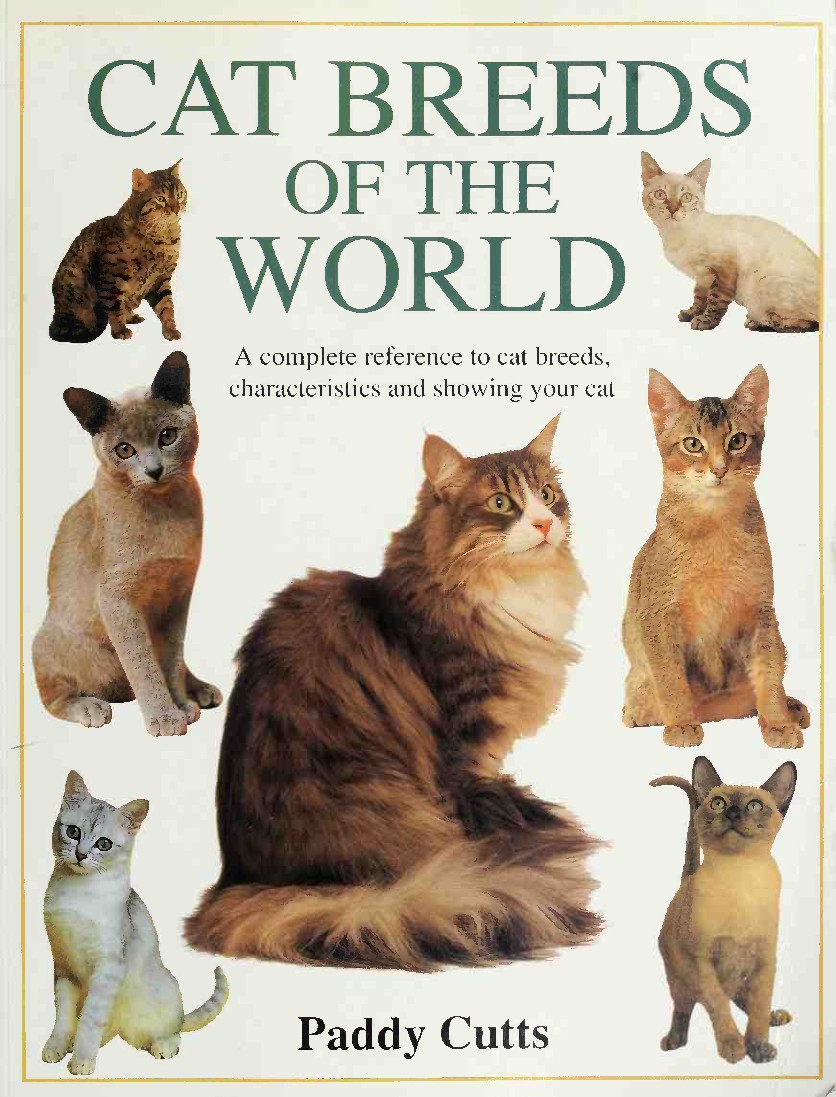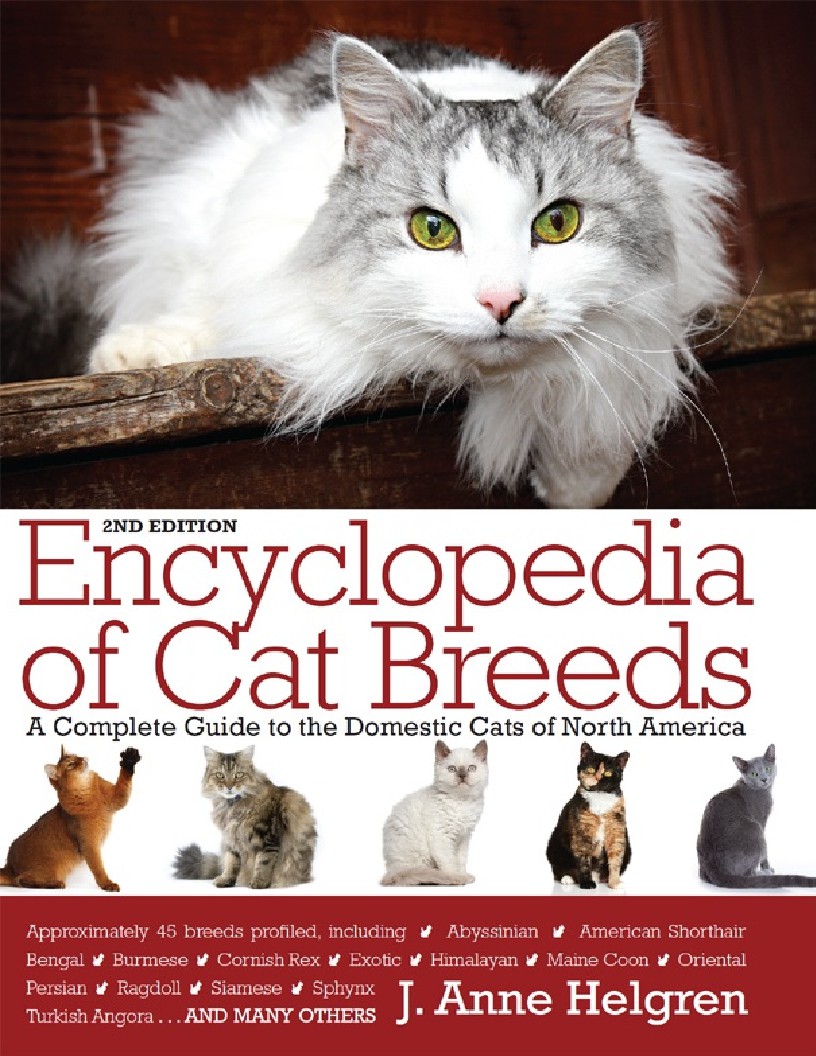Book Details

The Wild Cat Book
When we returned from a long trip to India,
our then-four-year-old daughter was
greatly relieved to be back home. As we
walked into the house, she flung herself on
her favorite cat and exclaimed, “I need to
touch a purr!”
If you have ever lived with a cat, you know
exactly what she meant. Soft and caressable,
house cats are comforting companions in
the purring body of a wild beast. Their lithe,
light-footed movements remind us that they
are just a whisker away from their wild relatives,
and their do-as-they-like attitudes make
us want to woo them. We feel honored when
they respond, perhaps because we sense they
are by nature solitary creatures that have become
social with us.
In wild cats we see the beauty of our house
cats writ large. For thousands of years, our
ancestors and wild cats lived in daily contact.
Stealthy, powerful, and intelligent, cats shadowed
early human hunters, competing with
them for prey. In turn, we scavenged their
kills but lived in fear of their covert stalk and
deadly canine teeth. We made them our totems
and respected them as symbols of strength,
courage, and royalty.
Today the image of the crouched tiger or
leopard is etched in our consciousness as a
symbol of power and of wild places. Keen and
intensely familiar, we know the voice, recognize
the silhouette. In dark places it stirs
a dimly remembered feeling and makes us
catch our breath in awe. This admiration, respect,
and fear are part of our collective ancestral
memory.
Author: the university of chicago press • chicago and london
Pages: 278
Issue By: eBook 707
Published: 3 years ago
Likes: 0











